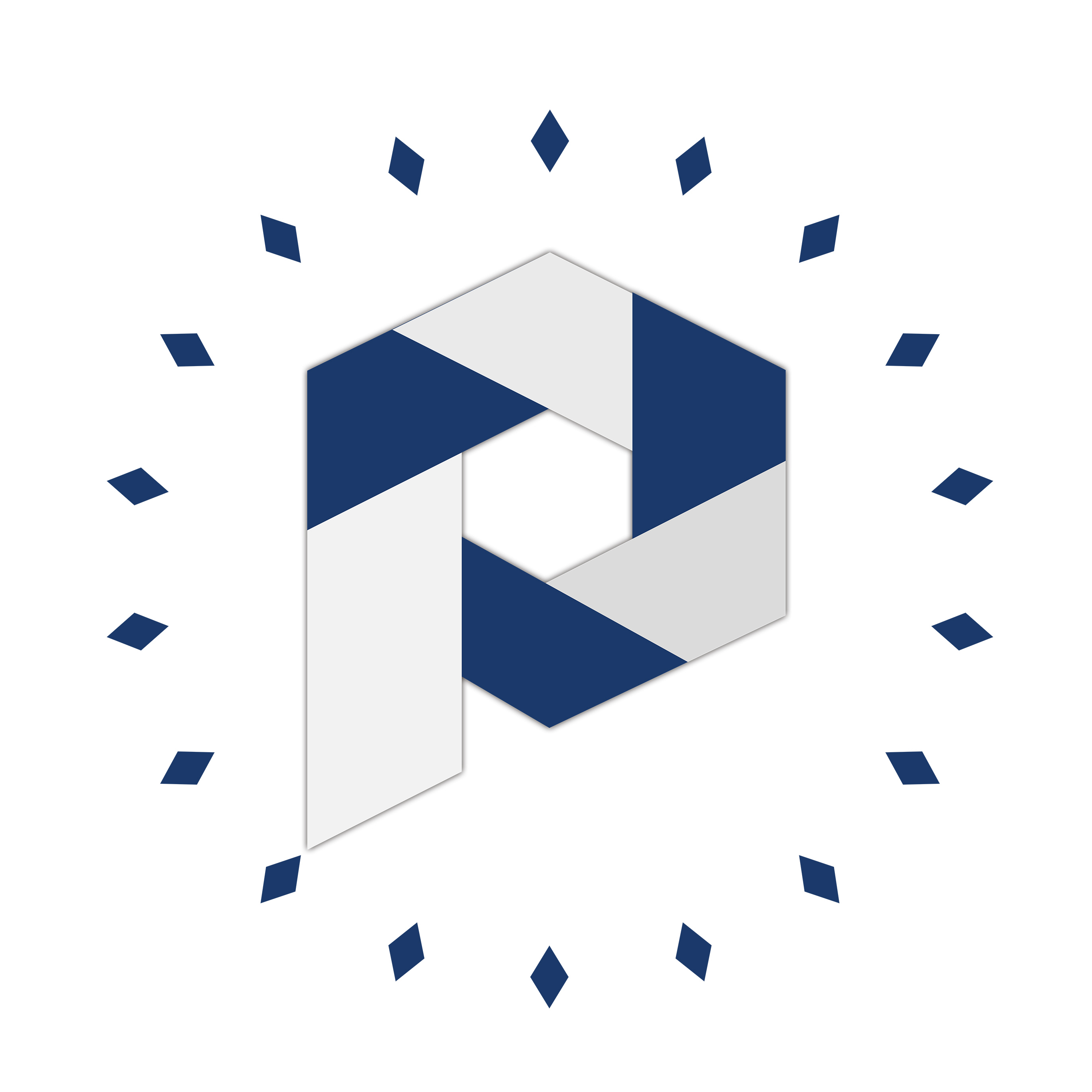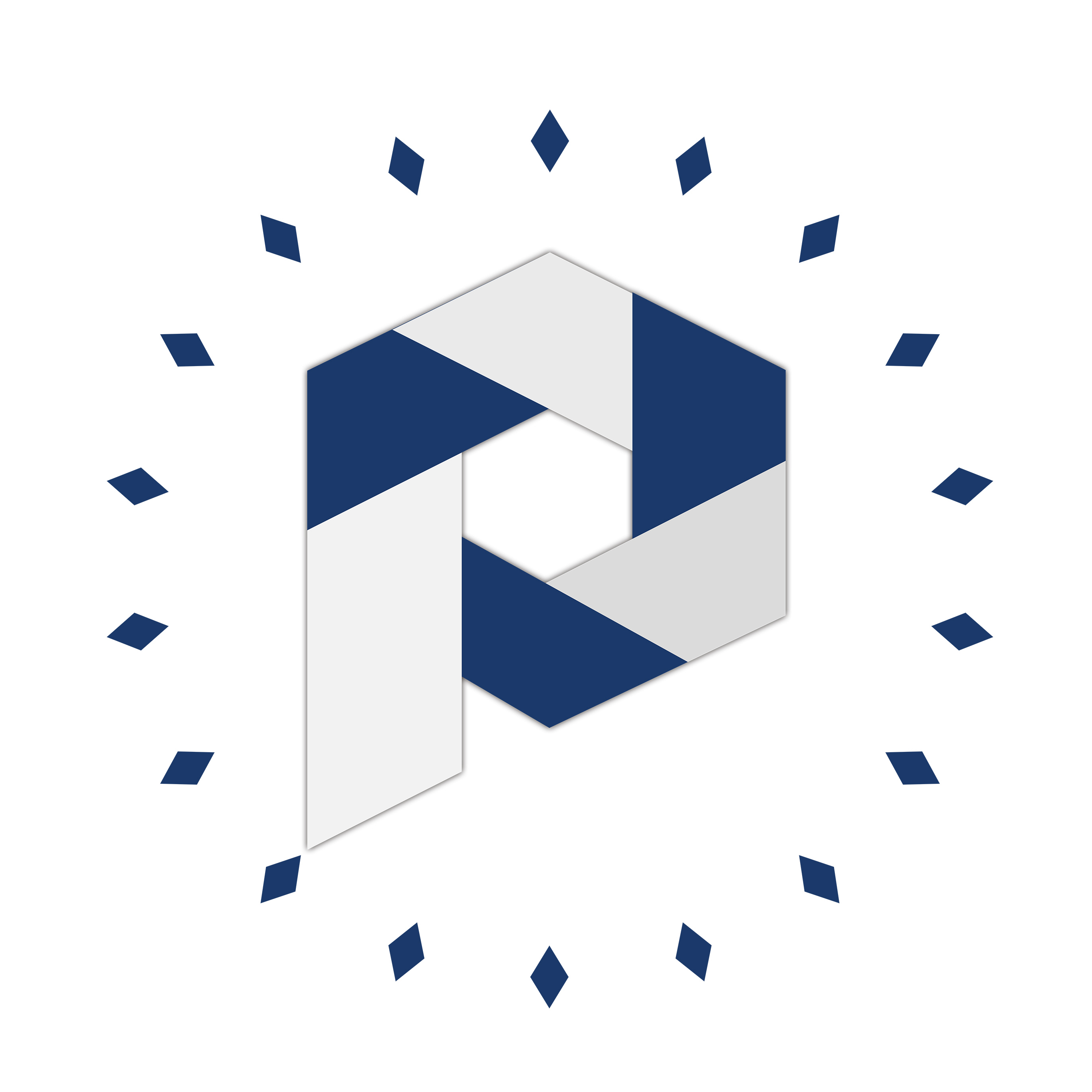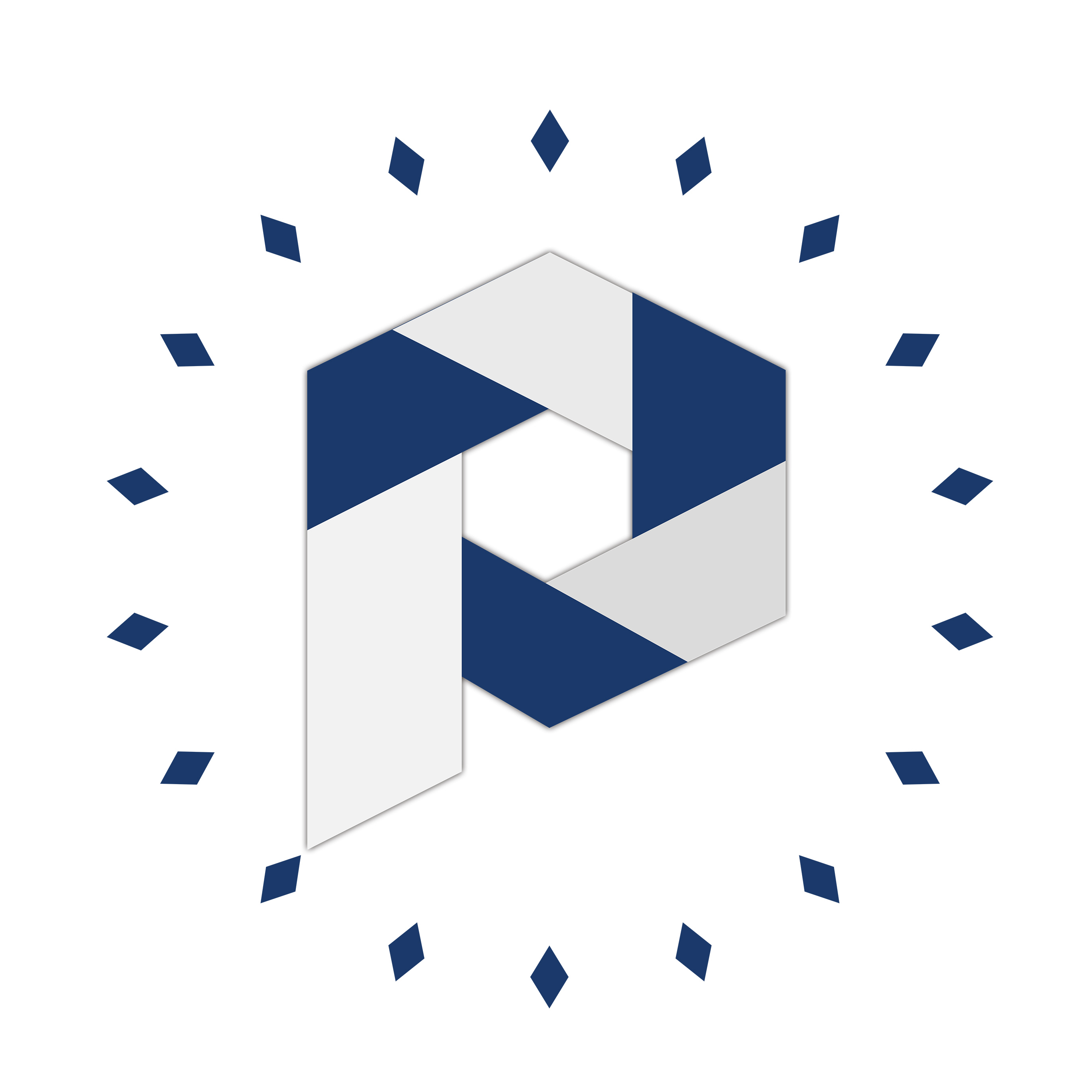Heijunka Explained for Modern Manufacturing
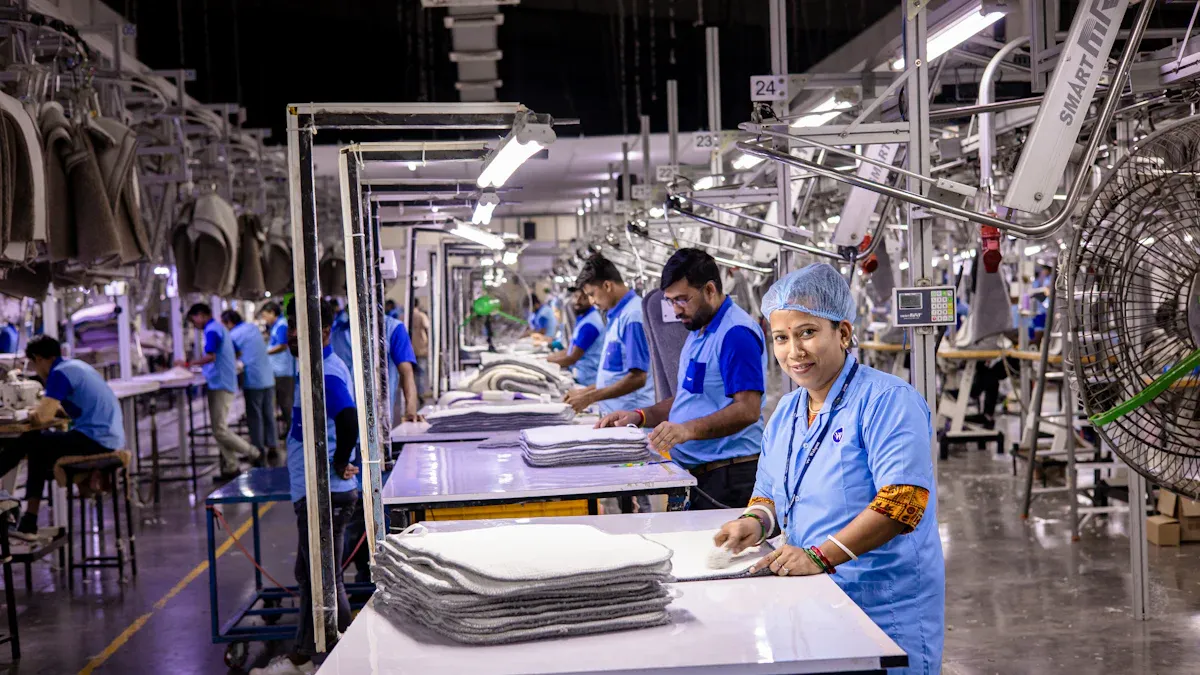
Heijunka means “leveling” in Japanese. You use this idea to keep production smooth. It helps you make things steady. In lean manufacturing, heijunka stops rushes and slow times. These happen when demand changes quickly.
You set up a steady flow of work. This matches what most customers want.
You waste less and use resources better. This helps you stay flexible.
You avoid problems from old ways. Old ways only react to big changes in orders.
Heijunka in Lean Manufacturing
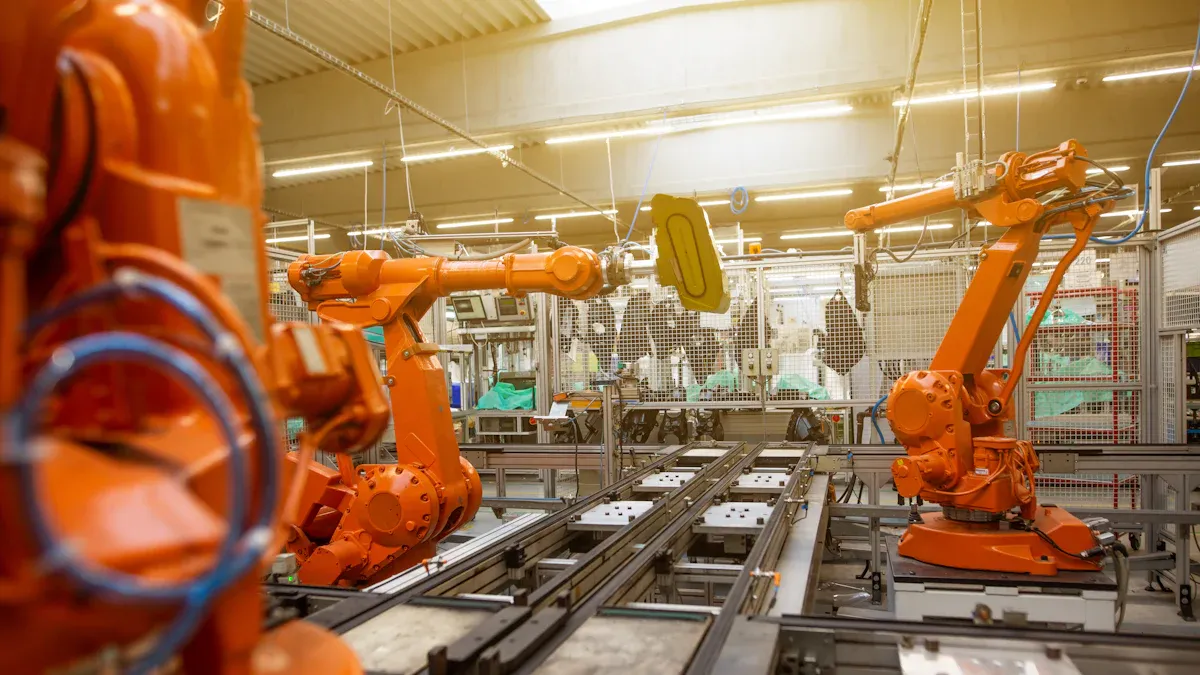
What is Heijunka?
You use heijunka to keep your production steady. This method helps you avoid big swings in how much you make each day. In lean manufacturing, you want to match what your customers need without making too much or too little. Heijunka lets you spread out your work so you do not rush one day and slow down the next.
Heijunka, also called production leveling, helps you smooth out your schedule. You do not need to make huge batches. Instead, you make a steady flow of products. This keeps your inventory low and your lead times short.
Here are some ways heijunka stands out from other lean manufacturing techniques:
Heijunka focuses on leveling production to handle changes in demand.
Takt Time sets the speed for making products based on what customers want.
Heijunka organizes your work so you can absorb demand changes smoothly, while Takt Time tells you how fast you should work.
You can see how heijunka works with a simple example. Imagine you run a hat factory. Some days you get lots of orders, and other days you get only a few. If you use heijunka, you make about the same number of hats each day. You do not wait for a big order to start working. This keeps your process smooth and helps you avoid waste.
You can also use heijunka to keep your job sequence steady. You switch between high and low demand products in a planned way. This protects you from sudden changes and keeps your team working at a steady pace.
Here is a quick look at how heijunka compares to other production methods:
Feature | Heijunka | Traditional Batching | Just-In-Time (JIT) |
|---|---|---|---|
Inventory Levels | Lower due to smaller batches | Higher due to larger batches | Regulated but can lead to unevenness |
Capital Costs | Reduced due to minimized waste | Higher due to excess inventory | Moderate, depends on demand |
Flexibility | Increased due to steady production | Limited due to batching constraints | High, but can be reactive |
Operational Costs | Lower due to stable flow | Higher due to inefficiencies | Variable, can be high during fluctuations |
Responsiveness to Demand | High, allows for adjustments | Low, reacts to demand changes | High, but can lead to stockouts |
You can see that heijunka helps you keep costs low and respond quickly to changes. You do not need to keep extra inventory or worry about sudden spikes in demand.
Origin and Toyota Production System
Heijunka started as a key part of the Toyota Production System, or TPS. After World War II, Japan faced many ups and downs in the economy. Toyota needed a way to keep its factories running smoothly, even when orders changed quickly. You can use heijunka to solve this problem. It helps you keep your production stable and flexible.
TPS uses heijunka to reduce overproduction. You make only what your customers need. You do not fill your warehouse with extra products. This saves you money and space. You also cut down on waste and make your process more efficient.
In TPS, heijunka helps you keep a constant production level. You can meet customer needs without rushing or slowing down. This gives you predictability and makes it easier to switch between products.
You also get other benefits from using heijunka in TPS:
You reduce waiting times and waste.
You save energy and keep your system stable.
You make it easier to plan your work and respond to changes.
Heijunka supports just-in-time production in TPS. You make products only when you need them. You do not store extra items. This keeps your costs low and helps you stay agile.
When you use heijunka in TPS, you build a strong foundation for lean manufacturing. You can keep your process steady, save money, and meet customer needs with less stress.
Heijunka Principles
Leveling Production
Heijunka helps your factory work in a steady way. This technique stops you from making too much or too little. You spread out the work so days are not too busy or too slow. When you level production, you make the right products at the right time. You also make the right amount. No product takes over the whole line. You keep a good mix.
Leveling production means you split work into small batches. You switch between products during each cycle. This stops one item from causing trouble. Your team stays busy. Your machines keep working without stress.
Here are the main ideas for leveling production:
You spread out how much you make and what you make.
You stop making too much or too little.
You lower inventory costs and avoid bottlenecks.
You keep your process moving smoothly.
Many industries use this technique. Electronics and car companies use it for many products. You can handle lots of SKUs without slowing down the line. You avoid big changes in setup and keep things moving.
Reducing Variation
Heijunka helps you cut down on changes in your schedule. This technique keeps your workflow balanced. You do not let demand changes mess things up. You smooth out your schedule. You can help customers quickly.
When you reduce variation, you get these benefits:
You keep the daily workload steady with takt time.
You keep the product mix steady to handle changes.
This technique stops you from making too much. You do not build up extra inventory. You use your resources well. You work better and keep lead times short.
By using this technique, you keep your workflow balanced. You meet customer needs and keep your team working. You do not waste time or materials.
You get better results in places with many products but not much volume. You keep problems low and avoid long setup times. You keep your process steady and flexible.
Heijunka Technique
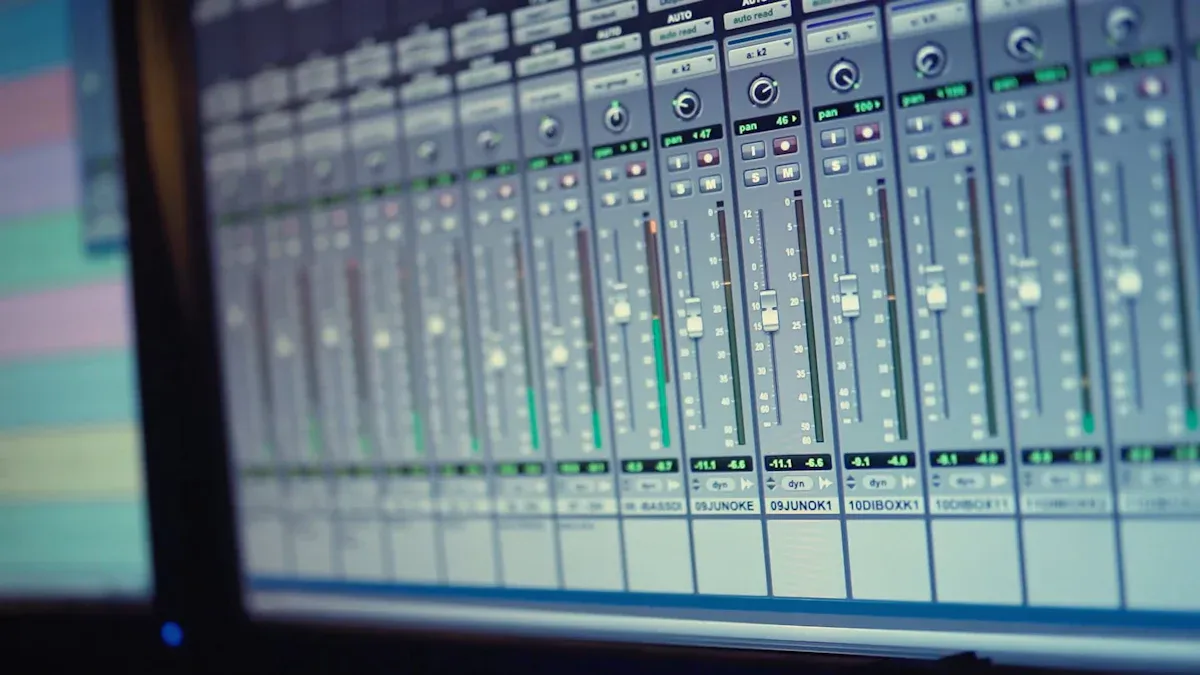
Implementation Steps
You can use the heijunka technique by following some simple steps. This helps you make your factory run smoothly and keep things steady. Here is an easy guide to get started:
Analyze Demand Patterns
Look at your customer orders over time. Find out when people buy more or less. This helps you plan for busy and slow times.Use a Heijunka Box
Set up a board called a heijunka box. It shows your production schedule in a clear way. You can see what to make and when to make it. This tool helps you balance work each day.Implement Mixed-Model Production
Mix different products in your daily plan. Make small batches of each product. This keeps your process flexible and stops you from making too much of one thing.Train Employees
Teach your team how to use the heijunka technique. Training helps everyone know their jobs and why leveling is important. When your team understands, they can find problems and help fix them.Monitor and Adjust
Watch your production flow every day. Use boards to track progress and spot problems. If you see something wrong, change your plan or move resources to fix it.
Tip: Training often and talking clearly helps your team stay ready and support changes in production.
You might have some problems when you start. Some workers may not like change or feel unsure about new ways. You can help by letting your team join in decisions and showing them the good things about it. The table below lists common problems and ways to solve them:
Challenge | Solution |
|---|---|
Lack of Employee Buy-In | Talk about the benefits and let employees help with the process. |
Inadequate Training | Give training to everyone in your company. |
Resistance to Change | Build a culture that likes to improve and let employees help decide. |
Tools and Methods
You have many tools to help you use the heijunka technique. These tools make it easier to keep production steady and find problems early.
Tool Name | Supports | Explanation |
|---|---|---|
Heijunka | Makes production and product mix smooth. Lowers inventory and helps you deliver on time. | |
Yamazumi | Heijunka, Takt Time Optimization | Shows tasks in stacks to balance work. Helps you find problems and keep your line running well. |
A heijunka box is a very helpful tool. It lets you plan your schedule and see what to make each hour or shift. You can use cards or markers to show which products to build. This makes it easy for everyone to follow the plan.
Note: Heijunka boxes help you avoid making big batches. You keep your product mix steady and cut down on waste.
You can also use digital tools to make your system better. Digital heijunka boards and MES give you real-time data. These tools help you track work, change plans, and find problems before they get big. Some factories use AI and machine learning to guess demand and pick the best schedule. IoT sensors collect data from machines, so you can see where to make changes.
Digital tools let you change your plan fast.
AI helps you guess demand and stop making too much.
MES tracks your work and keeps your team updated.
Training your team is very important. When you train your team, you help everyone get better. Everyone learns how to spot waste and keep production steady. Training often keeps skills strong and helps your team use new tools with confidence.
Remember: A levelized production system works best when everyone knows the process and supports the changes.
Benefits of Heijunka
Efficiency Gains
When you use Heijunka, your factory works better. This method helps you make what customers want. You do not make too much or too little. You also waste less and keep your team busy.
Heijunka lets you change your schedule fast. You can handle demand changes without worry.
Here are some ways Heijunka helps you work better:
You keep production and product mix steady, so you only make what is needed.
You can change your plan quickly if orders change.
You keep less inventory and do not wait as long.
Factories have seen real results with Heijunka. Here are some numbers:
Efficiency Gain | Measurement |
|---|---|
Reduced inventory holding cost | |
Reduced lead time | From six weeks to fifteen days |
You also ship on time and keep things running well. By making small batches often, you pay less for storage and have more money for other things.
Value Stream Improvements
Heijunka does more than save money. It makes your whole process better. You see less waste, better quality, and happier customers.
You cut waste and costs by keeping work steady.
You improve flow and quality, so products move faster and have fewer mistakes.
You get more flexible, so you can handle new orders or changes easily.
You help your team always look for ways to get better.
Heijunka spreads work across your team. This stops overwork and downtime, making your workplace safer and less stressful.
You also see better results in inventory and planning. The average batch size gets smaller, and you can guess demand more easily. This leads to smoother work and happier workers.
Benefit | Description |
|---|---|
Smoother Workflows | Spreads work across resources, stopping overwork and downtime. |
Improved Quality | Fewer mistakes because production stays steady. |
Lower Inventory Costs | Small batches mean less inventory and more cash. |
Increased Flexibility | Easy to adjust to demand changes without big problems. |
Better Employee Engagement | Safer, less stressful work helps people focus and do better. |
Heijunka helps you build a stronger and more reliable system. This lets you meet customer needs and grow your business with confidence.
Heijunka gives you a strong way to level production and meet customer needs. You can boost efficiency, cut waste, and keep your team ready for change. To get started, experts suggest:
Group products with similar features.
Assess takt time for each line.
Build a leveled production schedule.
Use a heijunka box for clear planning.
Train your team for smooth change.
Monitor progress often.
Adjust your shop floor layout.
New trends like AI, IoT, and automation will help you make Heijunka even stronger in the future.
FAQ
What does Heijunka mean?
Heijunka means "leveling" in Japanese. You use it to keep your production steady. This helps you avoid making too much or too little. You match what customers want.
How does a Heijunka box work?
A Heijunka box shows your production schedule. You use cards or markers to plan what to make and when. This tool helps you balance work and keep your team on track.
Tip: Place the box where everyone can see it. This keeps your team informed.
Can you use Heijunka with digital tools?
Yes, you can use digital boards and software. These tools help you track orders and adjust your schedule quickly. You see problems early and fix them fast.
Tool | Benefit |
|---|---|
Digital Board | Real-time updates |
MES | Tracks progress |
Why is Heijunka important for small factories?
You keep costs low and avoid waste. Heijunka helps you respond to changes in orders. You do not need big storage spaces. Your team works at a steady pace.
See Also
Comparing Discrete And Process Manufacturing Styles Effectively
Understanding Manufacturing Operating Indicators For Improved Outcomes
An Overview Of Jigs And Fixtures In Manufacturing
A Simple Explanation Of Subtractive Manufacturing Techniques
Introduction To SMED: A Beginner's Manufacturing Guide
About Hunan Puka
Established in 2016 and based in Hunan, China, with a liaison point in Berlin, we are a Tier 2 supplier for the automobile industry. We specialize in the production of customized aluminum die-casting parts designed for machines with a closing force ranging from 280 to 1250 tons, with subsequent manufacturing process CNC machining and surface treatment. Our commitment to quality is reflected in our accredited quality management system, certified by ISO9001:2015 and IATF16949:2016 standards.
